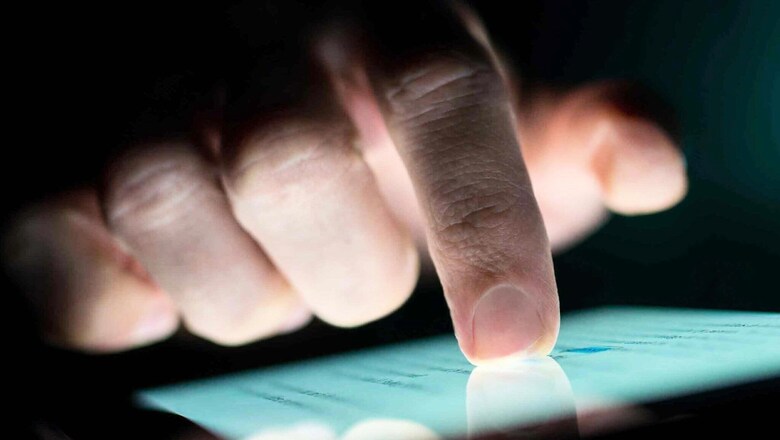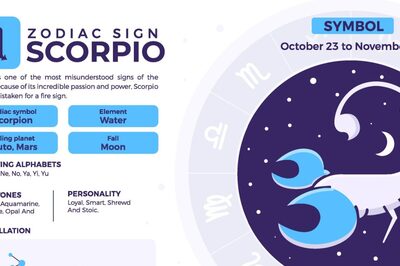
views
Washington: New research could allow your touchscreen keyboard to actually feel like a keyboard, scientists say. Northwestern University and Carnegie Mellon University researchers have made discoveries that could bring texture to your flat touchscreen.
The researchers said their new mathematical model and experimental results on "haptic illusions" could one day lead to flat-screen displays featuring active touch-back technology, such as making your touchscreen's keyboard actually feel like a keyboard.
Tactile information also could benefit the blind, users of dashboard technology in cars and players of video games. Forces felt by the fingers as they travel along a flat surface can lead to the illusion that the surface actually contains bumps. This so-called "virtual bump illusion" is well known in the haptics field, said J Edward Colgate at Northwestern's McCormick School of Engineering and Applied Science.
"By leveraging the virtual bump illusion, we were able to design a meaningful experiment that shed light on the way the brain integrates information from multiple fingers," Colgate said.
"Our big finding was 'collapse' - the idea that separate bumps felt in separate fingers are nonetheless experienced as one bump if their separation happens to match that of the fingers," Colgate added. Colgate, the paper's corresponding author, and Northwestern haptics collaborator Michael A Peshkin joined forces with Carnegie Mellon's Roberta Klatzky to work on filling the digital world's functional gap by enabling flat screens to engage the haptic perceptual system.
The research team's experiment presented two virtual bumps, with the distance between them varying across trials, to subjects participating in the study. When bump and finger spacing were identical, subjects reported feeling two bumps as one. In this case, the brain thinks it is too coincidental that there should be two bumps at the same time, so it registers the bumps as one.
Steven G Manuel, the study's first author and a Northwestern alumnus, developed the model of where the "illusion of protrusion" comes from. The model describes how the brain constructs a mental depiction of the surface using sensory signals from two fingers as they explore a surface over time and space.
A critical feature of the model, and one found in theories of perception more generally, is that it assumes the brain is biased toward inferring causes rather than registering coincidences. In essence, as the fingers encounter forces while they explore a flat surface, the brain creates virtual bumpiness that is most consistent with the physical bumps that would produce the same sensations.
The study was published in the Proceedings of the National Academy of Sciences.




















Comments
0 comment